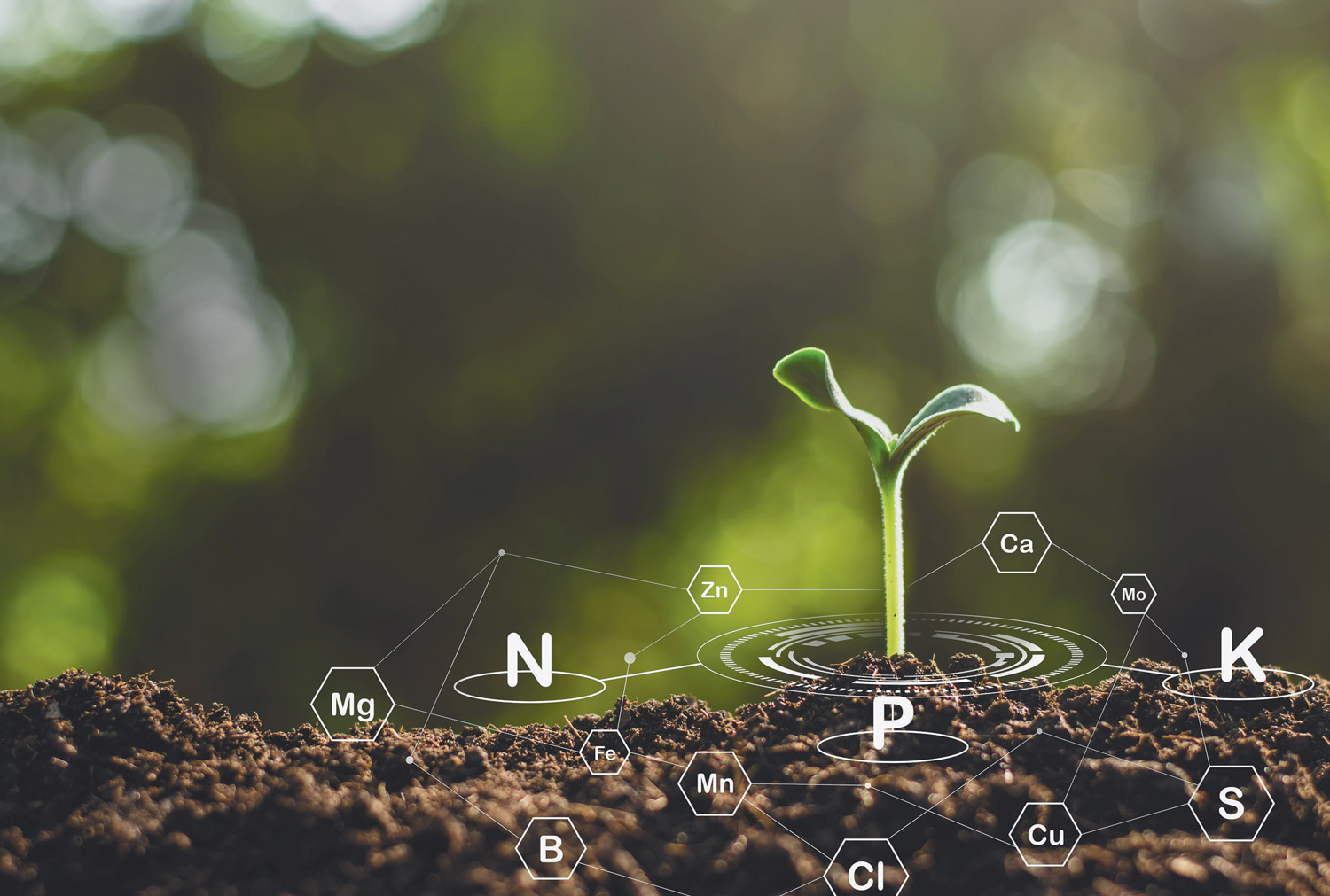Benefits of a Nutrient-Dense Diet
When it comes to healthy eating, not all foods are created equal. Though eating whole, unprocessed foods will always be your best bet, some have a greater nutritional payoff than others—and it all starts at ground level.
“Soil fertility has a lot to do with the amount of nutrients a plant can absorb in the first place, and it’s worth noting that many of the nutrients needs for plants are the same for humans,” says Stephanie Murphy, director of Rutgers Soil Testing Laboratory in New Brunswick.
Murphy says that these include essential nutrients such as calcium, magnesium, potassium, boron, nitrogen, copper, iron, and zinc, among others.
“Nutrients become available in the soil through the natural weathering processes and the decomposition of organic matter,” she says. “Some of the nutrients taken up by the plant go towards building their own structures, while others go into the part of the plant that produces what we consume as food,” says Murphy, noting how a tomato will have different concentrations of nutrients or minerals than its leaves, stem, or roots.
Murphy explains that it’s important to find out if there are any deficiencies of these nutrients in the first place so that plants get what they need. One should test their soil every two or three years to maintain optimum levels, and follow the lab’s recommendations to optimize nutrient levels and pH. The Rutgers lab receives soil samples from farmers, researchers, homeowners, community gardens, landscapers, golf courses, sports fields, and more.
“SOIL FERTILITY HAS A LOT TO DO WITH THE AMOUNT OF NUTRIENTS A PLANT CAN ABSORB IN THE FIRST PLACE… MANY OF THE NUTRIENTS NEEDS FOR PLANTS ARE THE SAME FOR HUMANS.”
Apart from these deficiencies, Murphy notes the importance of being aware of and encouraging biological activity in the soil.
“Microbes and fungi also help provide nutrients through decomposition and the various symbiotic processes those organisms have with the plant,” she says. “Soil health has been a blooming topic in the soil science world and in agriculture in general, and it’s been overflowing into the general public as well.”
For the home gardener, Murphy says composting is a good place to start. She also recommends the use of a cover crop, which not only helps prevent soil erosion, it also feeds the soil as it decomposes. “When it comes to soil health, you want to stay as close to nature as possible. Using things like chemical fertilizers puts a glitch in the system.”
Just as a soil test reveals the composition of nutrients, so do the foods we eat.
“Nutrient density refers to a food that’s high in nutrients like protein, vitamins, minerals, and healthy fats, but low in fat and calories,” says Deborah Cohen, associate professor at the Department of Clinical and Preventive Nutrition Sciences of Rutgers University in Newark.
“For example, if you have a cup of skim milk and a cup of fruit juice, they both have about 90 calories, but the skim milk contains vitamin D, B vitamins, protein, and calcium, whereas the fruit juice has none of these nutrients but almost as much sugar as a soda,” she says.
For the most benefit, Cohen advises to reach for whole unprocessed foods, whether that’s fruits, vegetables, meat, grains, or dairy.
“Today, versus 30–40 years ago, there’s a lot more processed food available because it’s inexpensive to manufacture,” she says. “However, one must consider the real value of food, which is its nutrition.”
Cohen explains that fruits and vegetables are always in this whole unprocessed category, citing fruits like oranges, grapefruit, kiwi, grapes, papaya, and mangoes being high in nutrients like vitamin C and fiber, but low in calories.
“Broccoli, kale, and greens like red and green leaf lettuce and romaine are also low-calorie options, and great sources of fiber, folic acid, antioxidants, and vitamin C. Kale is especially high in fiber, which helps people consume fewer calories because the fiber keeps you [feeling] full,” she says.
Nuts like cashews, macadamia, walnuts, and almonds are also nutrient dense, fill you up, and are a great alternative to snacks like chips, cookies, or crackers, which are high in calories, but low in nutrition.
As for meat, poultry, and fish, consuming them in their whole form is always better.
“Processed deli meat typically has a lots of sodium and preservatives. Instead, cook a chicken on the weekend and slice it into sandwiches for the week ahead,” she says. “For seafood, turn to salmon or tuna, which has the added benefit of omega-3 fats, which are important for brain health.”
When it comes to eating nutrient-dense foods, the effects are long lasting.
“Consuming foods that are high in nutrition means being in a better mood, having more energy, and feeling good. The healthier you feel, the more you’ll continue eating that way,” says Cohen. “It becomes part of a positive cycle.”
EDITOR’S NOTE: To learn more about Rutgers Soil Testing Lab, visit njaes.rutgers.edu/soiltestinglab

Examples of Nutrient-Dense Foods
- Legumes
- Salmon
- Greek yogurt or plain, nonfat yogurt
- Grapefruit
- Kiwi
- Papaya
- Mango
- Berries (any kind)
- Sweet potatoes
- Broccoli
- Squash
- Leafy greens, including kale, romaine, green or red leaf lettuce, and spinach
Source: Deborah Cohen, associate professor at the Department of Clinical and Preventive Nutrition Sciences of Rutgers University in Newark.






